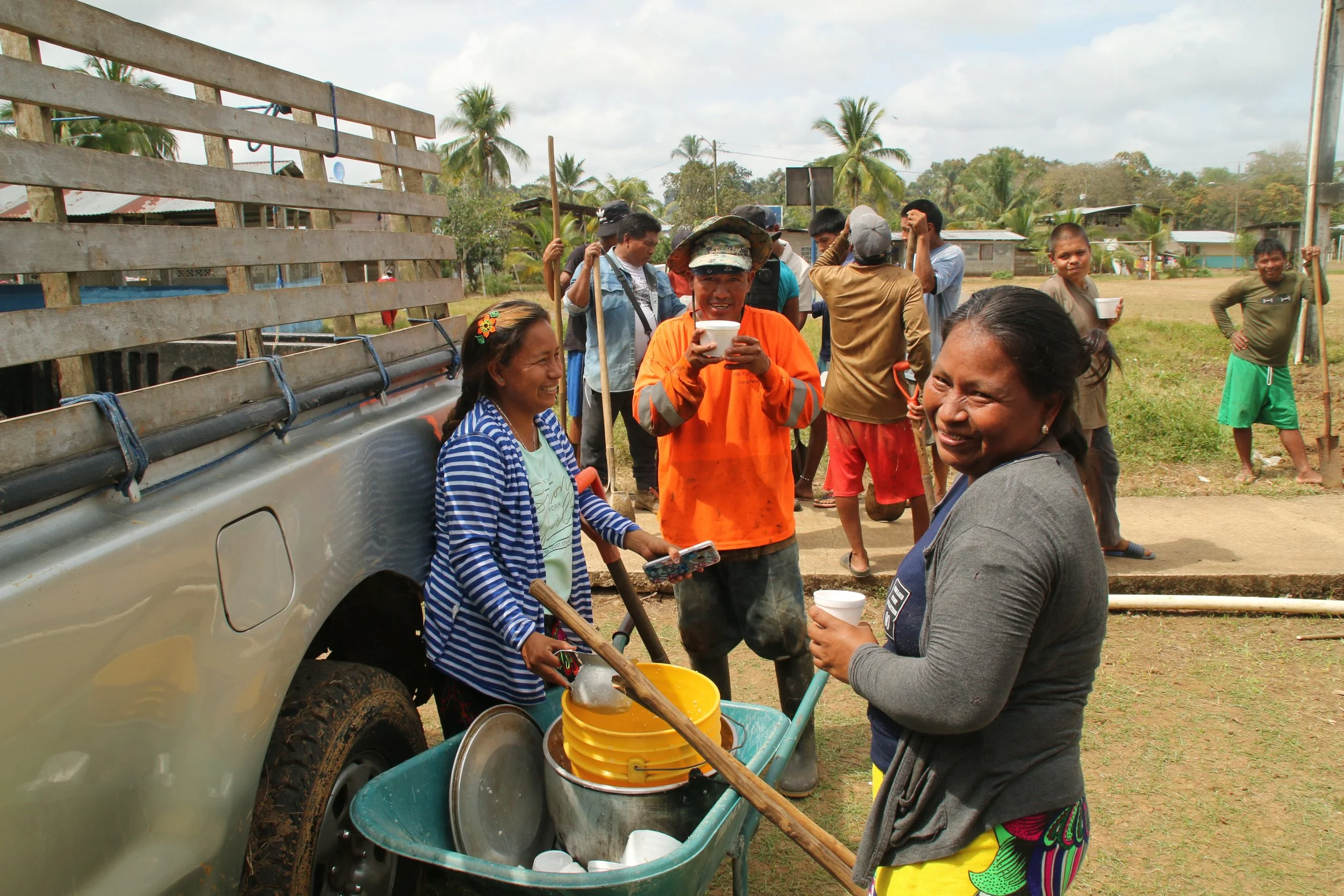What We do
our development strategies
Community Led
We believe that people are our greatest asset. Too often, we see those attempting to “help” not involving those they intend to reach in their plans, process, or even the outcomes. Community buy-in is critical to the success of any development project.
The way we do this is through waiting for a community invitation to do a project and through hosting community meetings to allow them the opportunity to advocate for themselves and make the decisions together about what they want and need.
We then come alongside these communities to provide the resources they need to achieve their goals.
Collaborative
Meeting the Global Development Goals is one great big group project, and we believe that we can meet these challenges if we work together. Instead of jockeying for who has the greatest impact or who gets the credit, we look for ways to lift everyone up. Instead of coming in and reinventing the wheel on our own, we try to bridge the gap between under-resourced communities and governmental institutions that want to help. Working through and strengthening global, national, and local systems is the way to bring about systemic, lasting change.
By building capacity in the governance abilities of individual communities and providing a path for them to work alongside governmental agencies, we can set up systems of greater accountability so water continues to flow.
Long Term (go deep)
We have been in the same communities for nearly a decade. While some would say their impact is measured in easy numbers like the number of people reached or the number of communities with new water systems, we like to go deep.
The metrics we would rather count consider things like the number of service days - how many days did we not have water in a community? How can we keep that number as low as possible?
Our commitment to this region is reflected in our long term plans for professionalized maintenance, training that builds capacity for sustainable service delivery, reduced breakdown times, and safely managed utility systems.
Sustainable
Sustainability can be a buzz word in the nonprofit sector, but here’s what it looks like for us:
Efficient systems (using renewable energy when possible, low-tech solutions)
Costs over time are bearable for communities without outside intervention
Locally sourced materials
Reliance on community labor and contributions
When possible, US based volunteers/staff travel internationally for longer time spans - spending months in the field vs short term trips
Rural water systems need to be resilient to adapt to changes in broader society, from technology to influxes of refugees and migrants, to climate change. Our nature based solutions give the water systems a degree of protection from these unpredictable factors.




